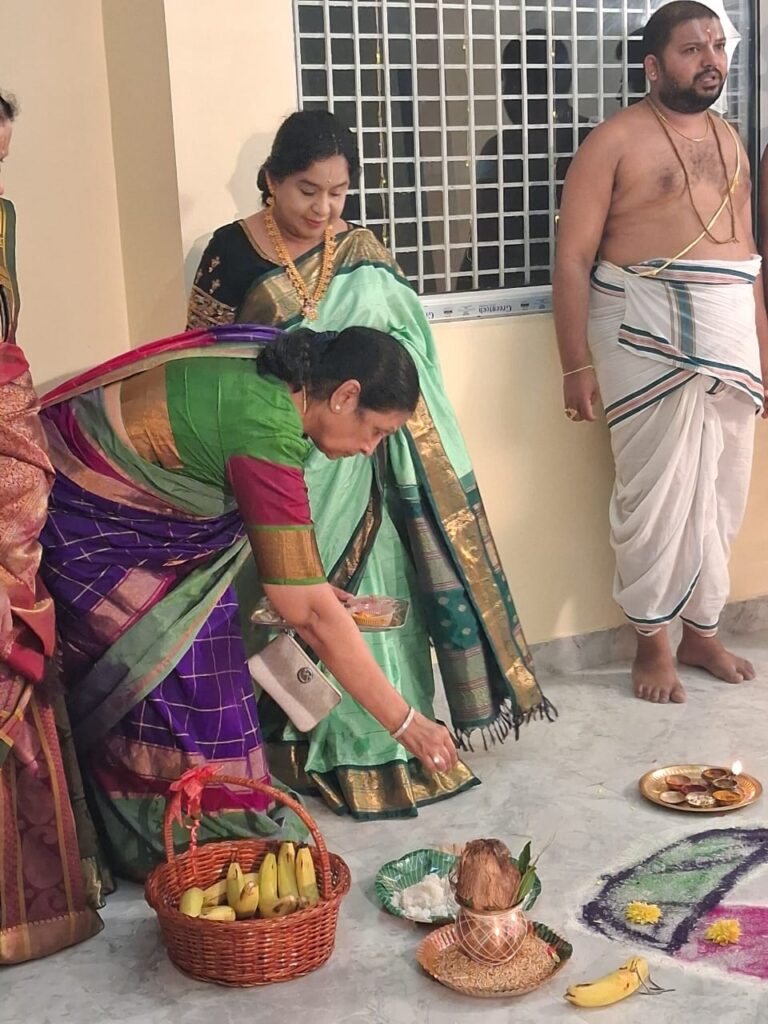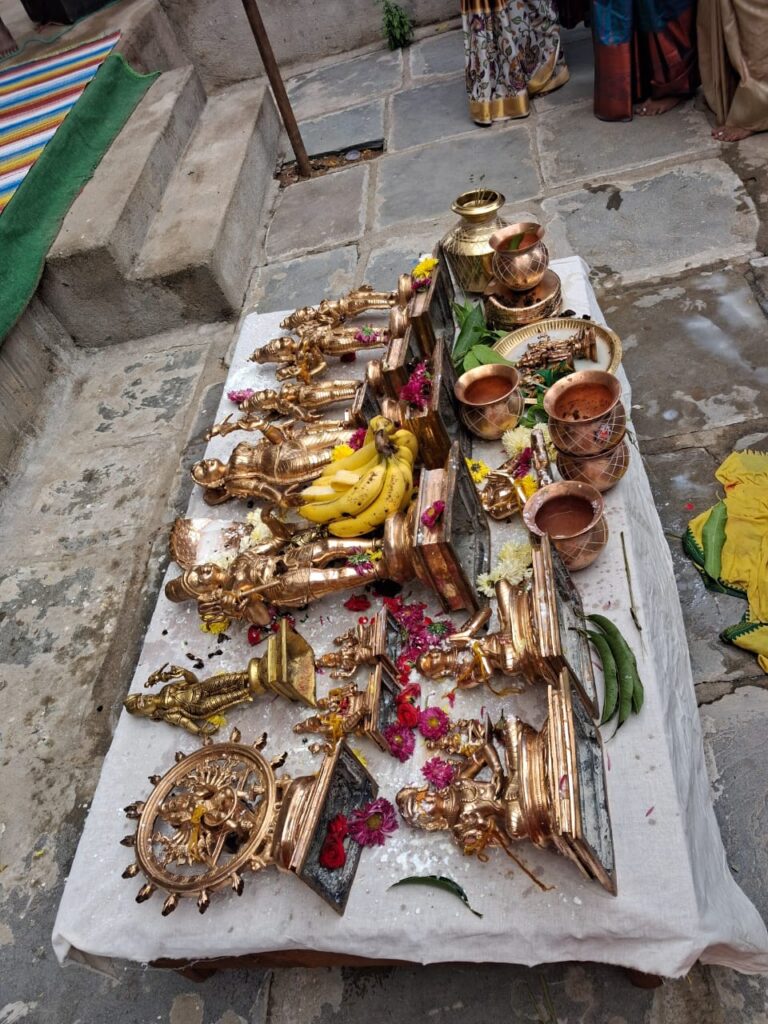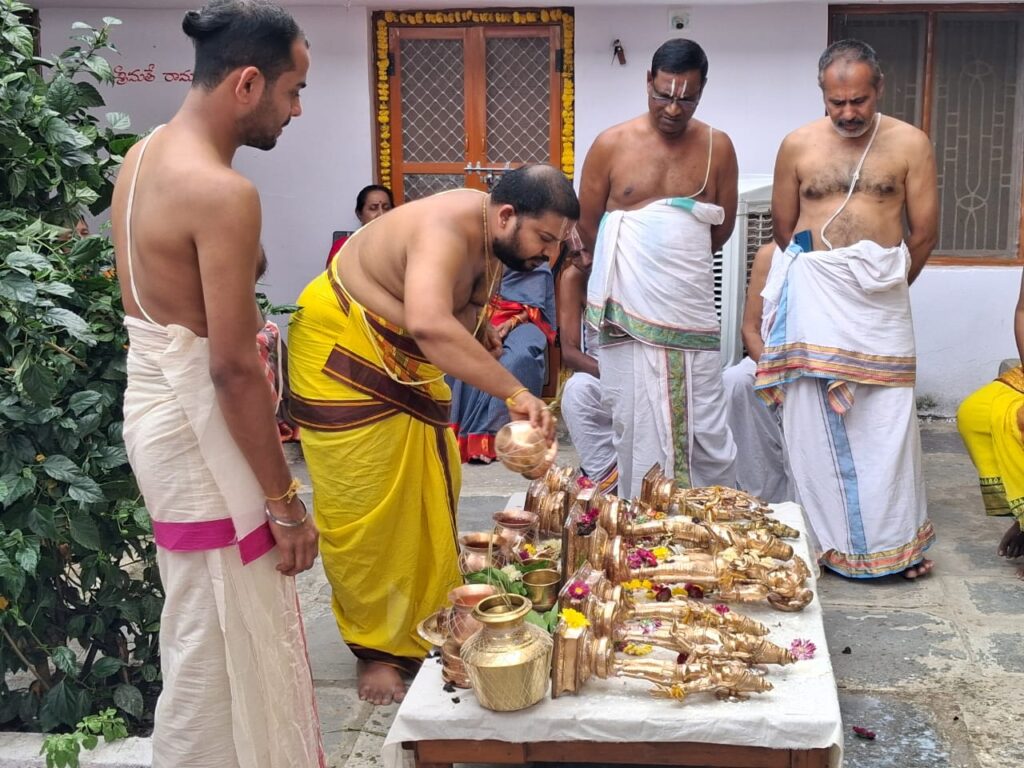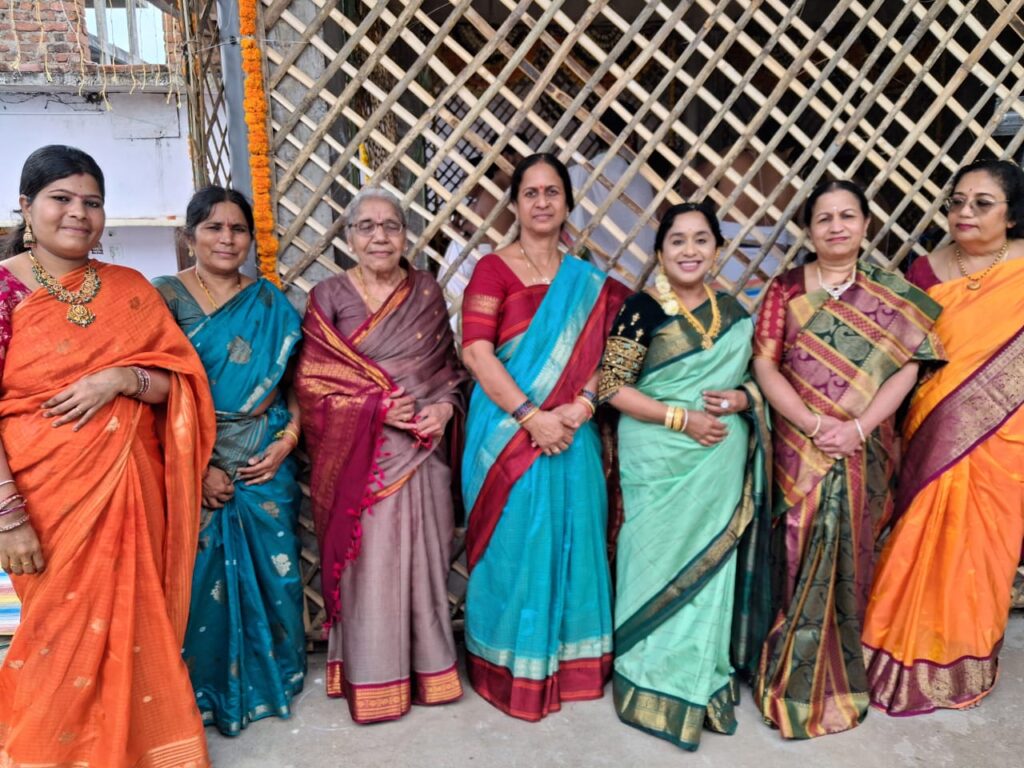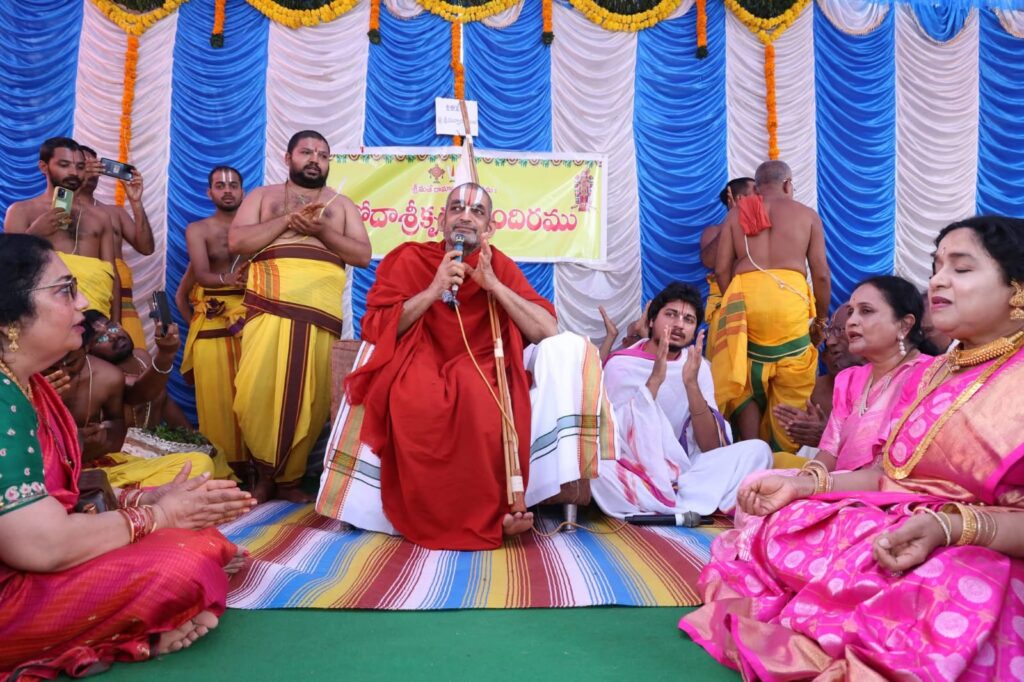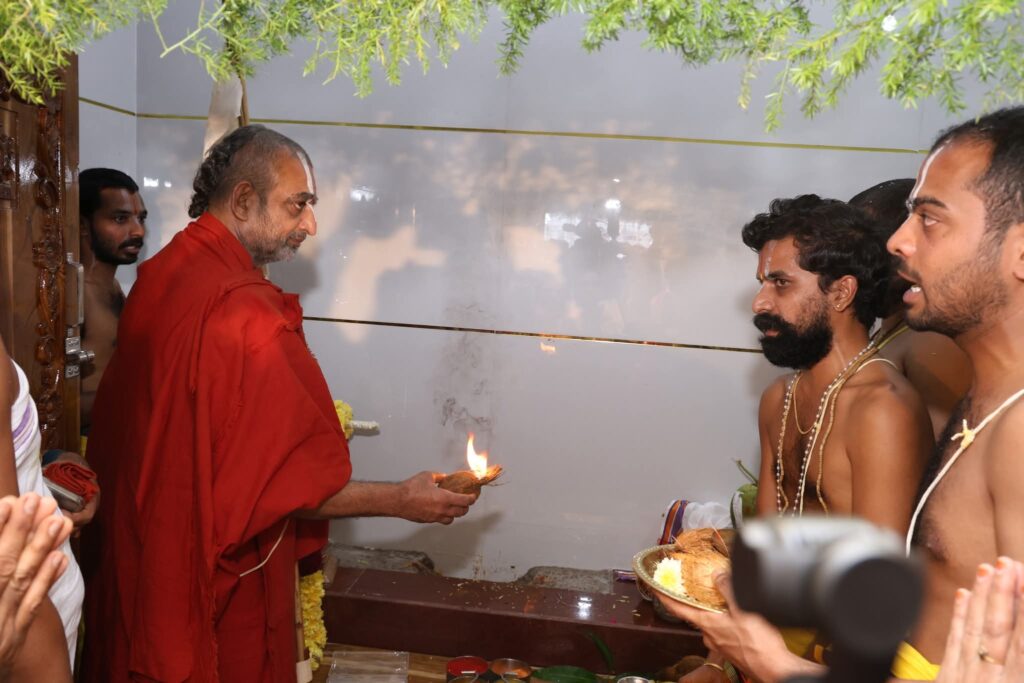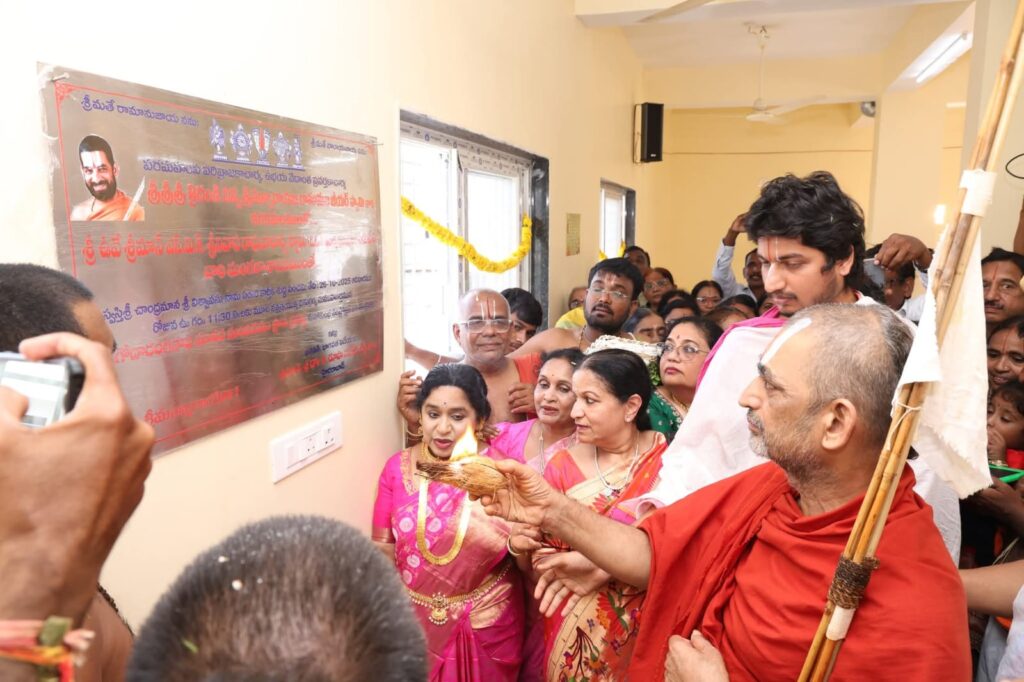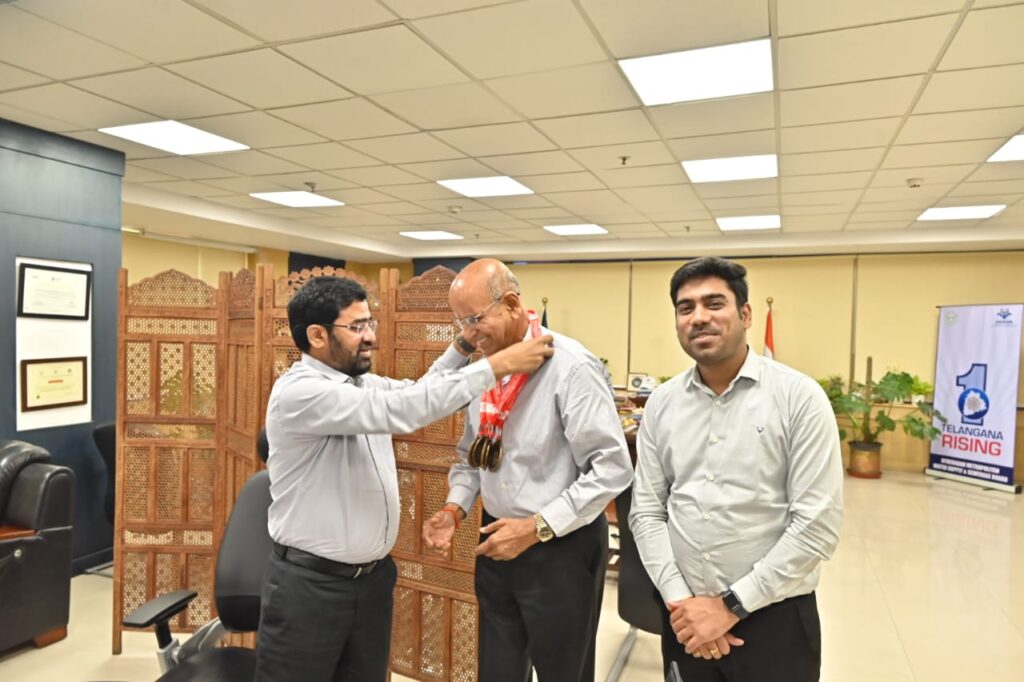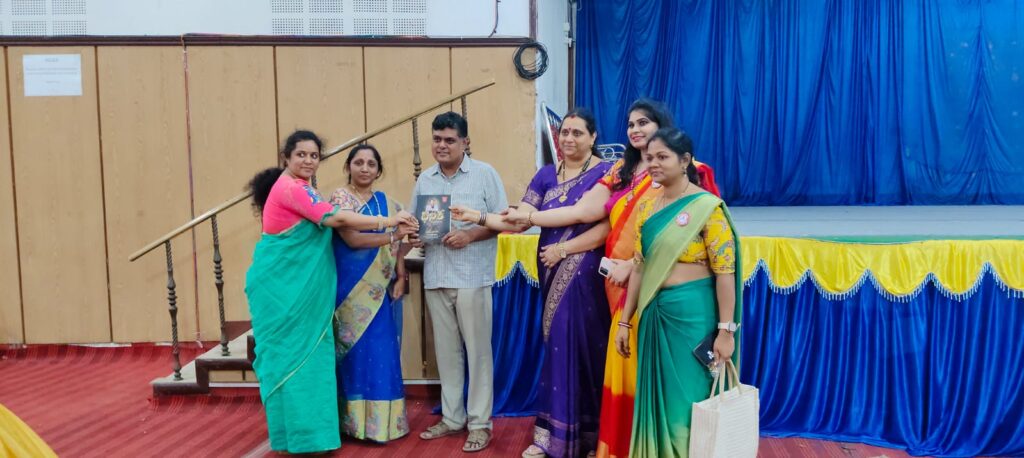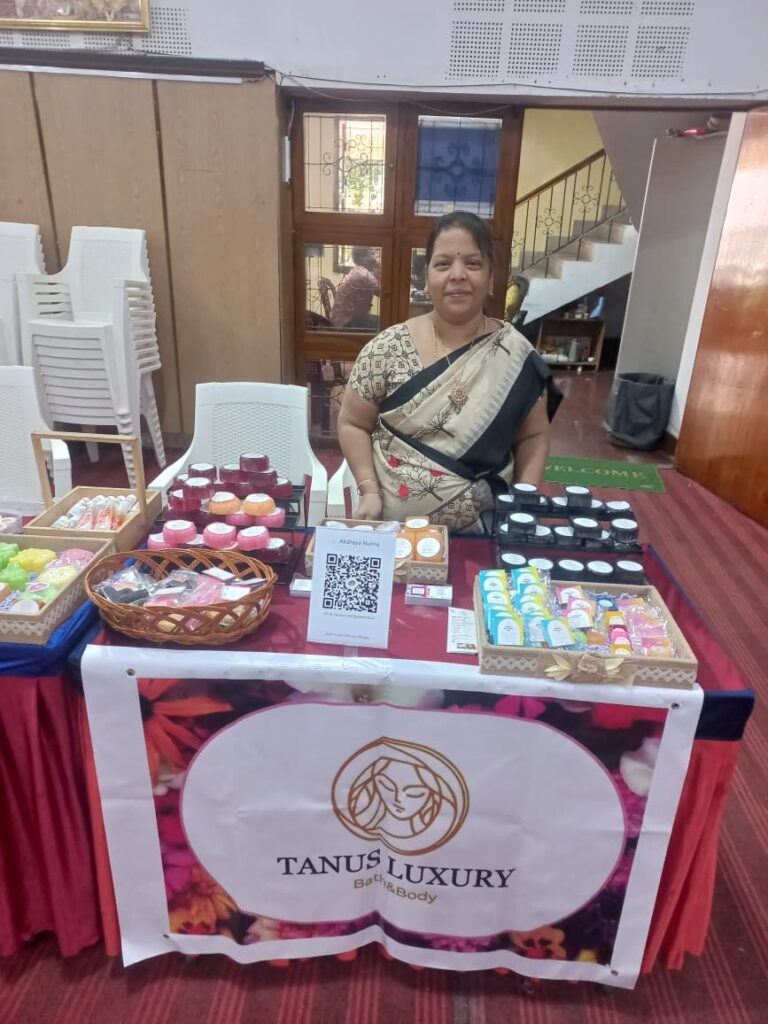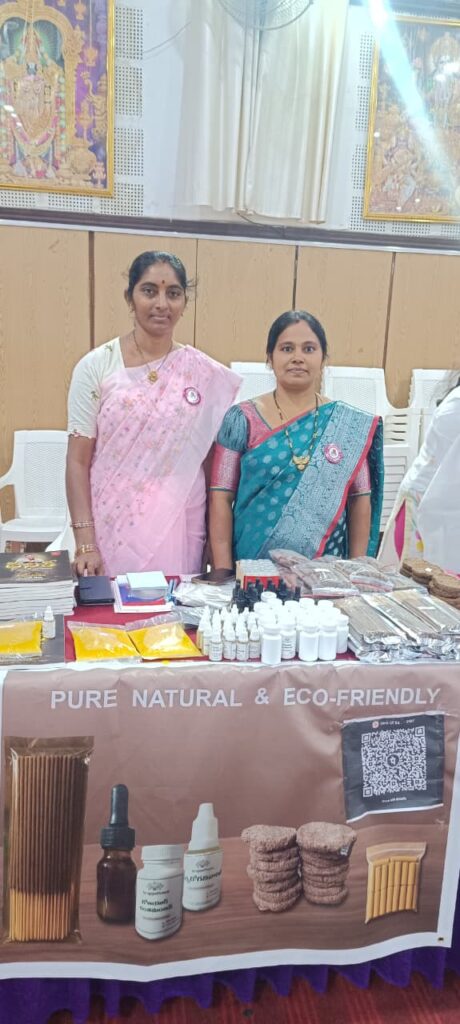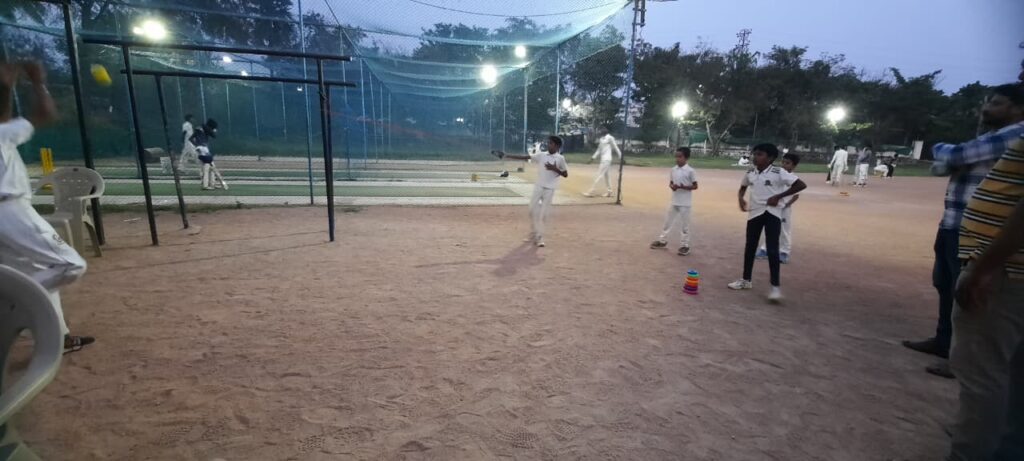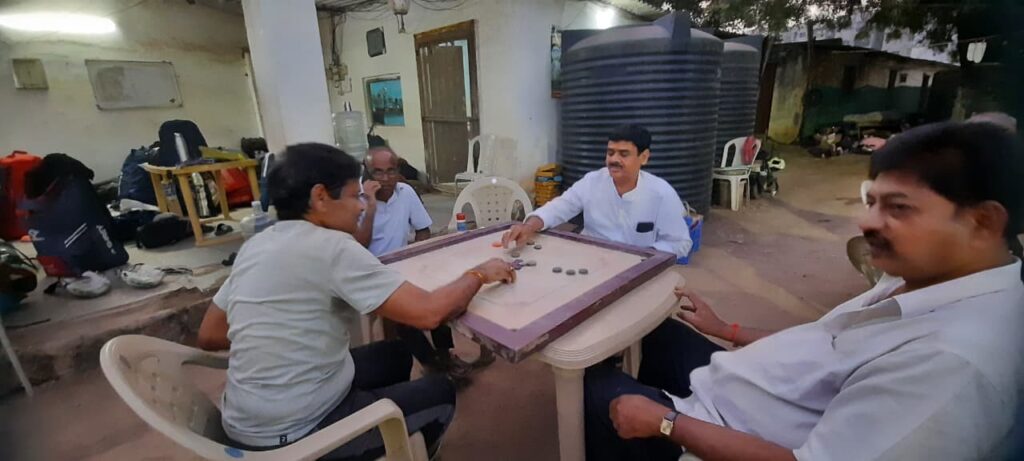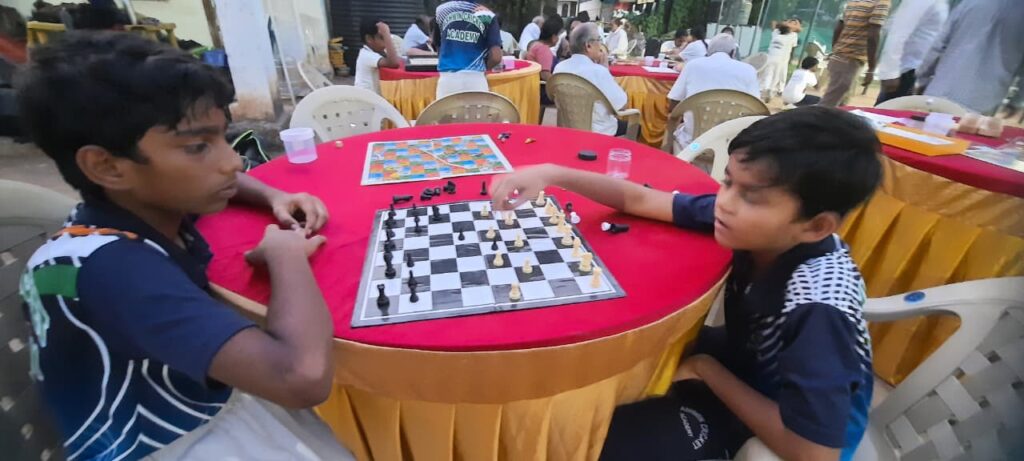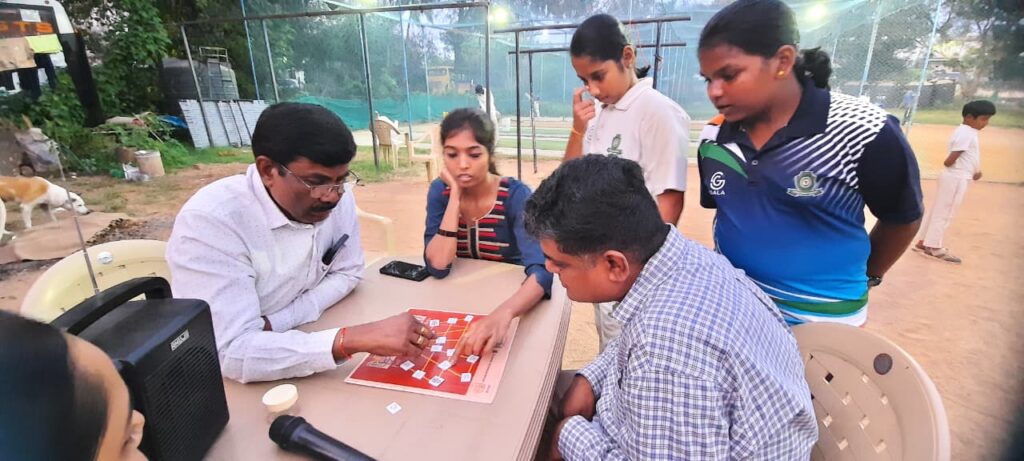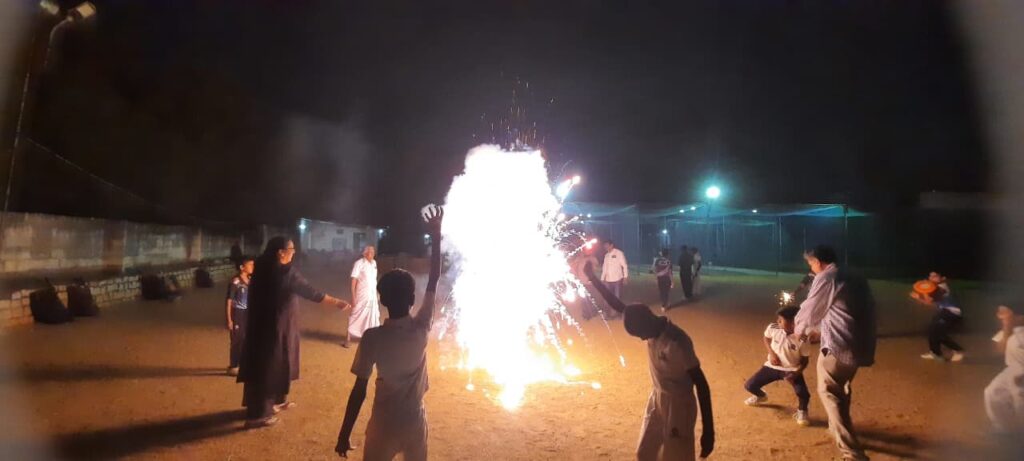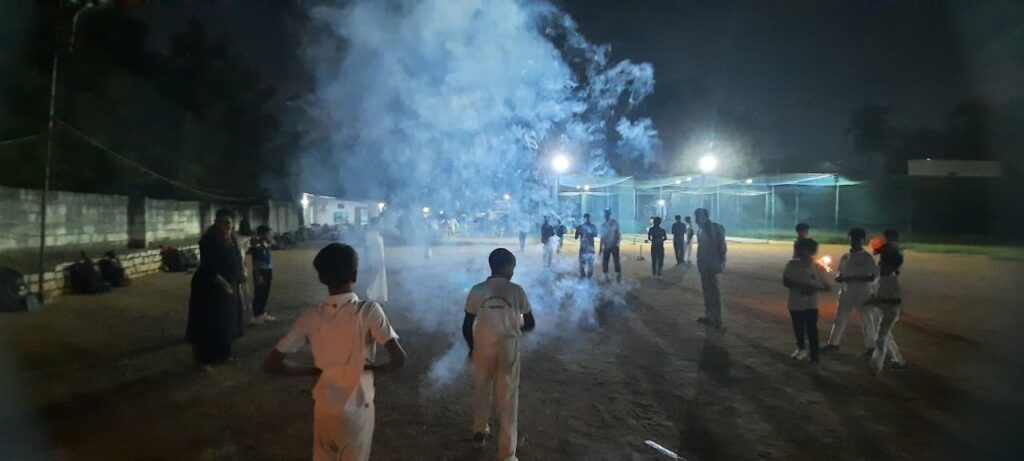Jubilee Hills by-election: Kamma community extends support to Congress
Hyderabad, Oct 28:
In a major boost to the ruling Congress party ahead of the upcoming Jubilee Hills Assembly by-election, members of the Kamma community have announced their full support to the party.
Leaders from the community, which holds a strong social and economic presence in areas like Ameerpet, Kukatpally, and Serilingampally, met Telangana Chief Minister A. Revanth Reddy on Tuesday and conveyed their support, while also placing a few demands before the government.
During the meeting, the community leaders urged the CM to install a statue of legendary actor and former Andhra Pradesh Chief Minister N. T. Rama Rao at Maitri Vanam in Ameerpet. They also appealed to the government to provide due representation to the community in nominated posts.
According to a press release from the Chief Minister’s Office, the Kamma community assured that the Congress candidate Naveen Yadav would win the Jubilee Hills by-election with a huge majority.
The by-election, necessitated by the demise of former BRS MLA Maganti Gopinath, is expected to be a high-stakes contest for the ruling Congress, which failed to win any seat in the Greater Hyderabad area in the 2023 Assembly elections.
While the Bharat Rashtra Samithi (BRS) has fielded Maganti Gopinath’s wife as its candidate, the BJP has once again given its ticket to Lankala Deepak Reddy, who had contested unsuccessfully in 2023. Political analysts expect a triangular fight between the Congress, BRS, and BJP this time.
In the 2023 Assembly polls, Gopinath secured 80,549 votes, followed by Congress’ Mohd. Azharuddin with 64,212 votes, and BJP’s Deepak Reddy with over 25,000 votes. AIMIM’s candidate Rasheed Farazuddin finished fourth with 7,848 votes.
The bypoll outcome is seen as a litmus test for the Congress government, as it aims to strengthen its urban base in Hyderabad ahead of future elections.

